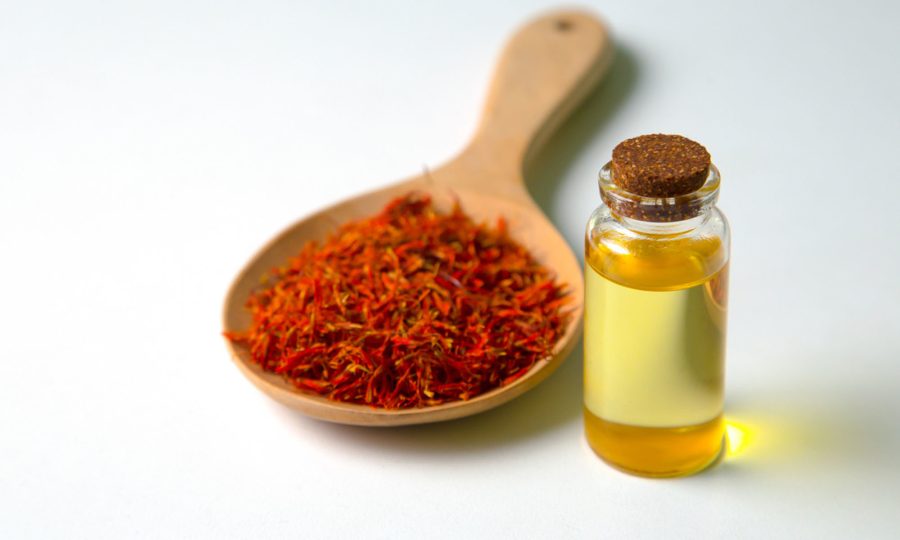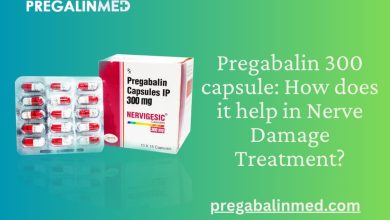Safflower oil is a heart-healthy oil that may be used in cooking and is made from the plant’s seeds. It is a fantastic source of monounsaturated and polyunsaturated fats, as well as vitamin E. Safflower oil is only used for high-heat cooking since it produces a lot of smoke. It tastes mild and is offered in many supermarket stores.
Safflower oil is supplied for making margarine, salad dressings, and other ingredients in addition to being used for domestic cooking. Safflower comes in two varieties, one with more linoleic acid, a polyunsaturated unsaturated fat, and the other with more oleic acid, a monounsaturated unsaturated fat. These two types of safflower are used to make oil.
Due to its low content of dissolved fat, most safflower oil used in culinary preparations purchased in supermarkets has a high oleic corrosive structure. To treat ED, patients take the medication Vidalista .
Minerals and vitamins
Safflower oil can benefit your diet by serving as a source of vitamin E. One tablespoon of safflower oil contains 4.6 milligrams of vitamin E, or 23{f25b08510a848de72daf994cf4f788facacd51f75a5a50cf973c92cebca6f135} of the daily recommended amount. Sustenance K and choline are both present in safflower oil in the following amounts, each at 0.03 micrograms.
Replace less energizing fats (such trans fats and saturated fats) with monounsaturated or polyunsaturated lipids. Monounsaturated unsaturated fats should make up 15{f25b08510a848de72daf994cf4f788facacd51f75a5a50cf973c92cebca6f135} to 20{f25b08510a848de72daf994cf4f788facacd51f75a5a50cf973c92cebca6f135} of your daily calorie intake, according to the Institute of Nutrition and Dietetics.
Medical benefits
Unsaturated fats are incredibly abundant in safflower oil, which is fantastic for your health. Additionally, it is vegetarian, gluten-free, and suitable for a variety of weight loss strategies. The supporting information about Fildena advantages for capability and wellbeing is offered.
Could Keep Cholesterol Levels Within Safe Boundaries
Safflower oil, which is primarily monounsaturated and high in the corrosive oleic acid, is known to have heart-solidifying characteristics. Oleic acid should lower LDL cholesterol, sometimes known as “dreadful” LDL cholesterol. It is widely acknowledged that eating monounsaturated lipids raises your HDL LDL cholesterol, also known as the “specific” LDL cholesterol.
Heart-solidifying characteristics of monounsaturated, high-oleic-corrosive safflower oil are well-remembered. Oleic corrosive is thought to reduce LDL cholesterol, or “awful” cholesterol. Monounsaturated fats are thought to increase HDL cholesterol, sometimes known as “great” cholesterol.
Reduces the risk of breast cancer growth
Safflower oil contains oleic acid, which has been demonstrated to significantly reduce the risk of breast cancer growth. According to study, oleic acid should prevent the growth of the Her-2/neu quality, which is linked to the onset of breast illness. (erbB-2).
The oleic corrosive in safflower oil also exhibits a strong protective effect against breast disease. According to studies, oleic acid may suppress the Her-2/neu (erbB-2) quality, which contributes to the development of breast disease.
Could Reduce Coronary Disease Risk
The risk of cardiovascular illness is reduced by lowering LDL cholesterol and increasing or maintaining HDL cholesterol levels. Safflower oil also contains omega-6 unsaturated fats, which are directly linked to a lower risk of developing cardiovascular sickness. Therefore, those who consume more omega-6 have a lesser risk of developing the illness compared to those who consume less of it.
By lowering LDL cholesterol and increasing or maintaining HDL cholesterol levels, the risk of developing coronary disease is reduced. Conversely, omega-6 unsaturated fats, which are also included in safflower oil, are linked to a lower risk of coronary disease. This implies that persons who consume more omega-6 have a lesser risk of cultivating the illness compared to those who consume less of it.
May protect against eye problems
One of the most incredible sources of vitamin E that can be consumed is safflower oil. Utilization of vitamin E has been linked to a decreased risk of age-related macular degeneration (AMD), one of the most well-known causes of substantial visual impairment in the aging population.
According to studies, using 20 milligrams of vitamin E daily can reduce the risk of AMD by 20{f25b08510a848de72daf994cf4f788facacd51f75a5a50cf973c92cebca6f135}. These findings were confirmed by several studies that examined the intake of vitamin E combined with beta carotene, L-ascorbic acid, zinc, and copper.
Safflower oil is one of the most incredible sources of vitamin E that can be eaten. There is a link between age-related macular degeneration (AMD), one of the most common causes of major vision loss in the aging population, and a lesser likelihood of utilizing vitamin E.
According to study, those who consume 20 mg of vitamin E daily had a 20{f25b08510a848de72daf994cf4f788facacd51f75a5a50cf973c92cebca6f135} lower risk of developing AMD.6 Additional research that examined the effects of vitamin E intake in addition to beta carotene, L-ascorbic acid, zinc, and copper supported these findings.
could prevent mental development
A diet rich in polyunsaturated unsaturated fats and vitamin E may prevent mental decline, neurodegenerative diseases like Alzheimer’s, and other related illnesses. However, a more critical evaluation is anticipated to support those assertions.
One of the best sources of vitamin E that can be consumed is safflower oil. Utilization of vitamin E has been linked to a lower risk of age-related macular degeneration (AMD), one of the most well-known causes of substantial visual impairment in the aging population.
How would I organize?
The temperature at which the majority of the smoke and fumes appear is known as an oil’s flashpoint or smoking spot. Compared to other solid oil varieties like canola oil or olive oil, safflower oil has a higher flame factor.
Safflower oil has a range of smoke points, ranging from 225° to over 500°F, depending on how it was handled (refined, semi-refined, or raw).You can use safflower oil and liquid vegetable oils in cooking to mimic stable soaked fat.
Safflower oil also lacks a discernible flavor, therefore it is frequently used in salad dressing and other culinary processes without changing the taste of the meal. Vegetable marinades, sauces, dips, and dressings can all be made using the oil.
Safflower oil is used not just in domestic cooking but also in the production of margarine, salad dressings, and other food items. Safflowers come in two varieties, one of which produces oil that is higher in linoleic corrosive and lower in oleic corrosive, both of which are monounsaturated unsaturated fats. Due to its low content of saturated fat, the majority of safflower oil available in supermarkets for use in food preparation is the high oleic corrosive variety.
Sensitivities
If you have any seed sensitivity, you might want to be aware when using safflower oil. The seeds of the safflower plant are used to create this oil.
Although the American Foundation for Sensitivity, Asthma, and Immunology claims that there is a chance for cross-reactivity with seed sensitivities, safflower seed or safflower oil sensitivities are not definitely known. Read the food marks to determine whether the oil was shipped from a facility that also produced nuts, seeds, or other sensitivities.





